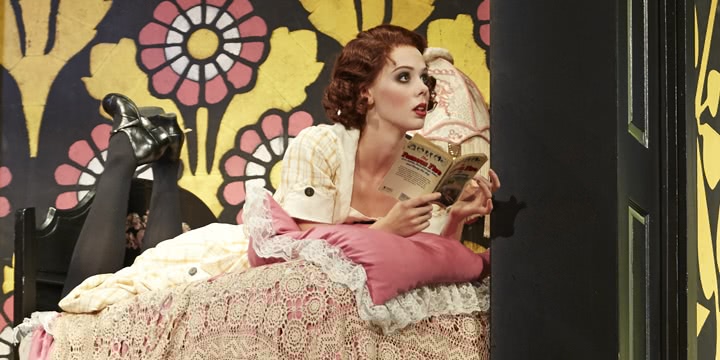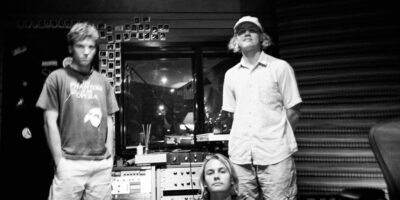There is something so otherworldly about opera, and also something very misjudged.
The nature of the art form never fails to astound, and yet seems so at odds with popular impressions of the craft – rotund ladies with horned helmets; great yawning gentlemen with dessert-sounding names; and perhaps the most enduring myth, that opera is music for the old and out of touch. As mezzo-soprano Anna Dowsley explains, there is so much more excitement and colour lying just below the surface.
“Classical music has always been a part of my life,” Dowsley says. “I used to play the piano as a little girl, I picked up the violin. But opera, not at all. I was a typical teenage girl listening to pop songs, but I decided to study music at university not knowing where that would take me, and it was there I guess I was awakened to the opera repertoire. I always used to love drama and acting, but I think having that combination of singing and theatre is pretty special. I love the idea of creating characters through music that is centuries old, and of course you have an orchestra there, which is so special. And you sing in other languages! It just combines so many facets and contains so many challenges. I fell in love with everything about it.”
The Barber Of Seville contains one of the most famous arias in all of opera; so much so, its most renowned refrain – “Figaro, Figaro!” – has become a lampooning standard of the genre. Rossini’s 19th century opera buffa provides Dowsley with one of the most significant leading roles of her young career – after all, it is the foibles of her character’s potential suitors that provide the production with much of its movement.
“I’m singing Rosina, who has a soprano sound but she needs to have a bit of guts. She is quite a feisty woman and has a lot of lower notes as well. So first and foremost it’s about what the composer has chosen, and then of course you have to use the text to colour your voice to how you want to express that word or line. It’s something you work on throughout the rehearsal period by yourself, with coaches. Having confidence with certain words, trying different dynamics. It’s all about shaping the language, and you can do that in so many different ways.”
The great operas endure for many reasons, and The Barber Of Seville’s comic leanings are certainly one of these. But opera is a remarkably adaptable art form, and these classic stories can be moulded into a gamut of captivating shapes and peculiar, evocative settings.
“The production itself is around 21 years [old], but it’s lasted because it’s such a great concept,” Dowsley explains. “It’s set in the era of 1930s silent film, so we all have quite extreme make-up on, these very white faces and very blushed cheeks. To go with it, there is a lot of not-so-subtle acting,” she laughs, “because it’s all about that theme of the silent film where so much was conveyed through your eyes and your gestures. It really goes quite well with the music and plot, where everyone is taking themselves very seriously but it’s such a crazy story. The flapper era comes in towards the end, where the cast wear these really gorgeous outfits. There is a very distinct theme to the action. It’s something different, something special, and at this beautiful landmark of the Opera House. It’s a story that you want to be taken away by.”
[The Barber Of Seville photo by Keith Saunders]
The Barber Of Seville runs until Tuesday March 22at the Joan Sutherland Theatre, Sydney Opera House, as part of Spectrum Now 2016.

































